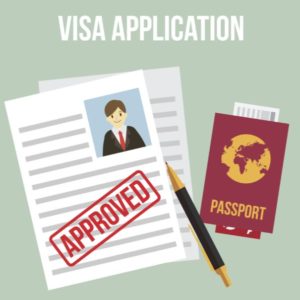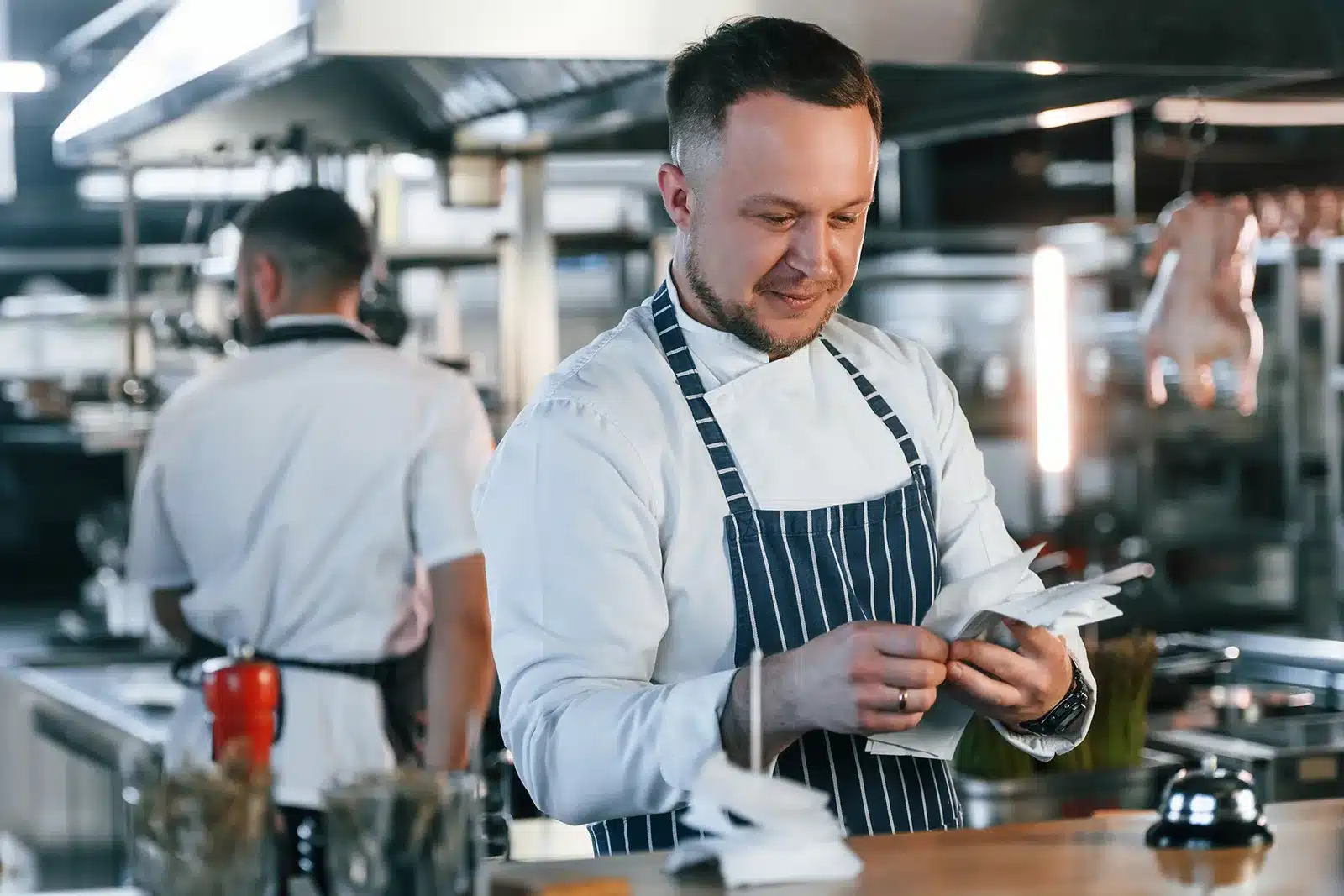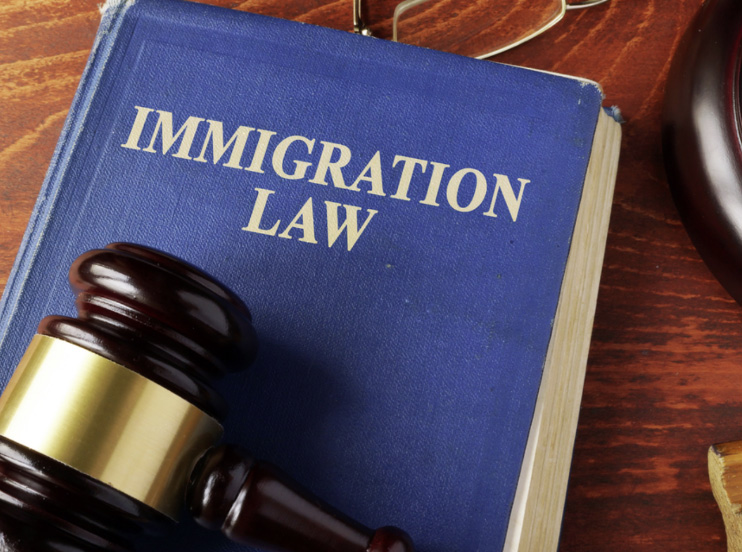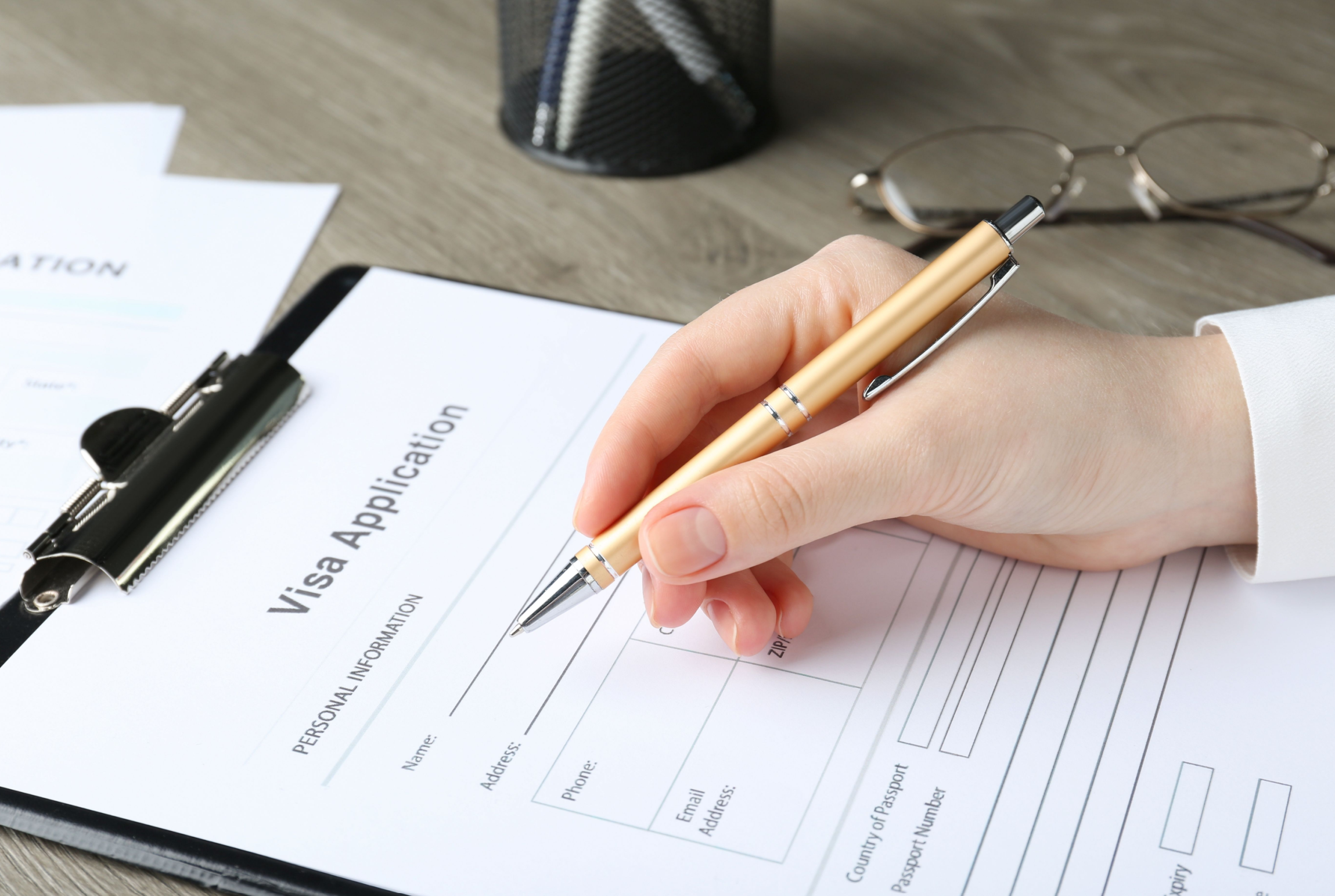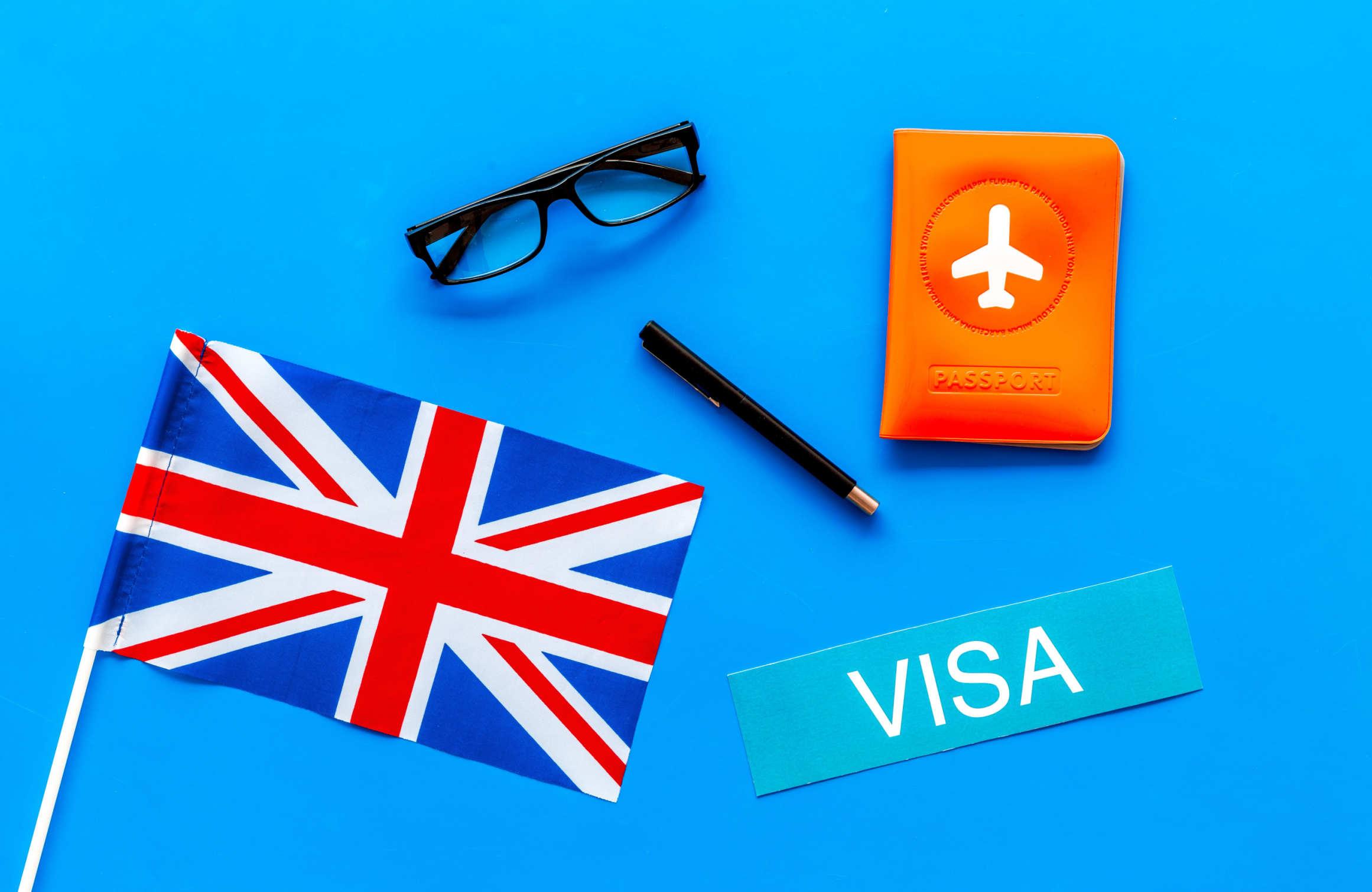This article was updated in March 2024.
Helping people with spouse or ‘Partner’ visa applications is often the most rewarding work I do, as I get to play a role in bringing loved ones together. Unfortunately, applicants and sponsors normally find these applications highly stressful.
Before I go further, let me get the definitions out of the way. The Home Office use ‘Partner’ to mean spouses, civil partners, fiancés, or unmarried partners where the couple have been in a relationship akin to marriage or civil partnership for at least 2 years. I will use the word ‘Partner’, in this Home Office-sense, from now on.
There are at least four reasons why these applications cause such anxiety:
- The stakes are extremely high. A refusal can lead to a lengthy period of separation from your loved one who is ‘locked out’ of the UK until you make a further successful application or whilst you fight the refusal in the tribunal.
- Many supporting documents are mandatory – the so-called specified documents. If you do not provide a specified document then your application will likely be refused, even if it is blatantly obvious you meet the underlying requirements of the rules. This leaves people on tenterhooks knowing that one small mistake could be fatal.
Example – you are an experienced nurse earning well in excess of the Financial Requirement. Relying on your employment income, you provide pay slips and bank statements which show you easily meet the threshold. Unfortunately, however, you failed to provide a recent letter from your employer, containing specific information about your employment.
Do not expect salvation in the fact that, on the evidence already provided, any reasonable person can see you earn easily enough money to meet the Financial requirement. Certainly, ignore the fact that, far from being a burden on the state, you are filling an important societal role. Unfortunately, it’s ‘computer-says-no’ time from the Home Office. By failing to provide a specified document you have failed the Financial Requirement and your application will be refused.
- Another cause of stress is that many bits of visa processing have been outsourced to private companies that clearly prioritise profit-making over user-friendliness.
For example, you prepare and submit your application through a Government website. You then provide your documents and attend a visa application centre run by a private company, usually VFS Global.
VFS Global will often, by accident, provide incorrect information at each step of the road whilst pushing their usually unnecessary products on you. For example, if applying from the USA through VFS Global then you cannot simply buy the Priority Settlement service to speed up your application. No, you must buy the VFS ‘Gold’ package.
Which means rather than pay for just the Priority Settlement visa service of $772USD you must go for Gold at a whopping $1,900USD. And, this is in addition to your visa and NHS fees. The Gold Package includes such unwanted services such as a Health Concierge.
- Lastly, the quality of Home Office decision-making is often (to put it politely) ‘poor’. We regularly see refusals where the caseworker has completely overlooked evidence or used a blatant ‘cut and paste’ jobs from another refusal letter.
For the applicant and sponsor this all creates a ‘perfect storm’ to drive up anxiety levels.
Here are my 7 steps to help you make a successful spouse or partner visa application:
-
Check whether you need to apply from inside or outside the UK
The focus of this blog is on applying from outside of the UK, although the eligibility requirements are almost the same, whether you are applying from in or outside of the UK. There are, however, significant procedural differences.
One of the first key issues for many will be whether you can apply from inside the UK or whether you must apply from abroad.
If you are already in the UK then you can apply to ‘switch’ into the Partner category, so long as you are not here as a visitor. If you are here without lawful status, then it might be possible to switch into this category but be extremely careful.
If you are applying from within the UK, from a position of having no lawful status, then you will need to show there are ‘insurmountable obstacles’ to you and your partner living together abroad – a test applied strictly by the Home Office. If you have no lawful status then consider returning home to apply for your visa, as your overstaying in the UK should not alone be a basis of refusal in a Partner visa application from abroad.
That said, if you go home to apply as a Partner then you need to be sure there is no basis on which you could ‘locked out’ from the UK, if, for example, a General Ground of Refusal applies. Previous immigration or criminal offending, or deception or dishonesty could well amount to a General Ground of Refusal which could ‘lock you out’ for a period of time.
-
Understand the Financial Requirement
You need to meet all the eligibility requirements for a Partner visa, including for example, those around English language and accommodation. But my focus here is on the two requirements which often trip people up: the Financial and Relationship requirements. First up the Financial requirement
What is the threshold?
The Financial Requirement threshold is based on a gross annual income of £18,600. However, if you have additional dependent children then you must add £3,800 for the first child and £2,400 for each child thereafter. For example, the threshold for a Partner and two dependent children is £24,800 (£18,600 + £3,800 + £2,400=£24,800). British or EU children are not classed as ‘dependent children’.
There is an exemption from these limits if you are in receipt of certain benefits, including DLA, carers allowance or PIP.
KEY CHANGE: The minimum salary threshold is increasing from 4th April 2024
Importantly, the minimum threshold set to increase dramatically, up to £38,700 from 4th April 2024. It is essential that anyone entering the Partner route from this date is aware of the new threshold.
How can you meet this threshold?
If applying from abroad then you can rely on your sponsor’s employment income. If you are applying from within the UK, then you can rely on either the sponsor or applicant’s employment income.
Other income sources which can be relied on include property income; maintenance payments; or dividends or other income from investments, stocks and shares, bonds or trust funds.
Perhaps the easiest method, if you have the funds, is to rely on savings. If you want to rely solely on savings then you will need to show you have at least £62,000 in cash funds which has been held by either, or both of, the applicant or sponsor for at least six months.
Certain forms of income can and cannot be combined. If you want to combine savings with another type of income, then you can only count savings over and above £16,000. Any savings above £16,000 must be divided by 2.5 and added towards the limit. If you are confused, you are not alone.
An example: if you have been earning £16,000 per annum from employment then you would fall short of the standard £18,600 threshold by £2,600. To ‘top this up’ with savings you would need to multiply the difference of £2,600 by 2.5 and then add £16,000. In this example, you would need savings of £22,500 to make up the shortfall in employment income.
Understand which documents are ‘specified’
If a document is a specified document, then it must be provided otherwise your application can be refused. Most specified documents are documents which relate to the Financial Requirement, such as bank statements, payslips and a letter from your employer. Have a look at Appendix FM SE, and give yourself a pat on the back if you can make sense of it.
Other specified documents include a marriage certificate and evidence of satisfying the English language requirement. You will also need to provide an original and valid passport when attending the Visa Application Centre.
-
Understand the ‘Genuine and Subsisting’ requirement
Some of the relationship requirements may seem obvious: both applicant and sponsor must be over 18, not so closely related that it would be against UK law to marry; any previous marriage or civil partnership must have permanently broken down; both parties must have met in person and intend to live together permanently in the UK.
However, it is the requirement that the relationship be ‘genuine and subsisting’ that many fall foul of.
If you have been living together then you will be expected to show evidence of cohabitation, in the form of utility bills, bank statements, tenancy agreements in both parties’ names, at the same address (either in single or joint names).
You should provide evidence of how you keep in contact with each other. This should always be provided but is particularly important if you have previously not been cohabiting. This might, for example. involve printing off emails, Facebook or WhatsApp messages.
If either party has visited the other, then visas, flight tickets/boarding passes/hotel receipts should be provided to evidence the trip and counts as strong evidence. Either the applicant or sponsor should consider writing a statement to explain the background to the application. This statement should focus on the relationship.
Beware that, whilst some photos should be included, they will carry little weight on their own (and don’t go overboard with the photos as you will probably just annoy the decision-maker).
KEY CHANGE: Revised definition of a ‘partner’
It’s important to note the definition of a ‘partner’ has been revised and it is seemingly more generous. It defines a partner as ‘an unmarried partner, where the couple have been in a relationship similar to marriage or civil partnership for at least 2 years’. There is no longer a requirement to evidence cohabitation in this 2-year period.
Although there is no need to evidence cohabitation, it is still essential to show the relationship was genuine and subsisting for the duration of the 2-year period and that it is still presently. To prove the relationship was and is genuine and subsisting may be evidentially tricky to demonstrate without cohabitation.
Additionally, there must be a good explanation as to why the partners are living separately. The Home Office uses an example where ‘the couple are currently living apart for work reasons in order to meet the financial requirements of the rules’, in this instance there is no requirement to evidence cohabitation as there is a good reason they live separately.
-
Understand the sequence of events
In our experience one half of the battle with these applications is understanding the rules and providing the necessary documentation. The other half is making sense of the application procedure – from submitting the application through to getting a decision.
I would suggest that the general process of applying for your Partner visa should go something like this:
- Check you meet the requirements of the Immigration Rules
- Gather your supporting documents (though bear in mind the 28-day rule – see below)
- Complete a draft of the application form
- Submit the Partner visa application form and pay the fee. Only at this point you are given the opportunity to choose a time to attend your appointment at the visa application centre
- Provide your supporting documents (this might be before, during or after your appointment at the visa application centre – see below)
- Attend your appointment
- Nervously wait for a decision
- Attend visa application centre to collect your visa and passport
- Make sure you enter the UK within 30 days! (The initial visa is only valid for 30 days).
-
Timing
That gives you a broad understanding of the sequence of events of applying for a Partner visa. But you also need to understand some key timings.
First, you should be aware most of the financial evidence you submit must be dated within 28 days of the date you submit your application. The date of application is the date you submit the online form and then pay the fee (Not the subsequent date that you attend the visa application centre).
You should make enquiries to ensure you will be able to obtain all of your financial evidence within 28 days of applying, but, you might want to refrain from ordering the likes of bank statements until you are within the 28 day period, otherwise it will become out of date and you will need to reorder them.
Once you submit your application and attend your biometrics appointment then it can, and often does, take up to 60 working days to receive a decision on your application, so pretty much three months.
If you pay for Settlement Priority, then the Home Office claim they make a decision within 30 days (although often they exceed this target).
-
Should I pay for Priority Settlement?
As noted, partner visa applications routinely take up to three months to be processed, often longer, and so the promise of having your application (in the words of the Home Office) ‘put to the front of the queue’ and decided within 30 days can be appealing. However, at a cost of an additional £573 (or more if forced to buy as part of a ‘Gold Package’ or similar) is it worth it?
First, by the Home Office’s own admission, if your case is ‘not straightforward’ then you should consider not using this service. Whether your case is ‘not straightforward’ basically depends on whether you have had any previous incidence of immigration or criminal problems.
Examples of immigration issues include overstaying your visa, having your visa curtailed or having a visa refused to the UK, Australia, Canada, New Zealand, USA or the Schengen countries (ie. Most EU countries).
You should also be aware that the Home Office often takes longer than 30 days when the Priority fee is paid even if your case is straightforward.
My advice: generally speaking, don’t pay for Priority Settlement if your case is not straightforward and, if you do pay for it, do not bank on it bringing a decision within 30 days (although it will generally speed things up).
That said, if you are desperate for the quickest decision possible and the money is not too great a concern, and your case is ‘not straightforward’ then there is anecdotal evidence that paying for Priority Service will still speed things up somewhat but forget about a decision within 30 days.
-
How do I submit the application and provide supporting documents?
If you are applying from abroad then you should complete the online application through the Government website. However, once you have clicked ‘submit’ and paid your fees then you are referred to one of the two private companies to which the Home Office has outsourced the next steps: VFS Global or TLS Contact.
These two companies run the visa application centres, where you will enrol your biometrics. They can also be involved in collecting your supporting documents.
Unfortunately, it seems that each visa application centre does things slightly differently. Some centres allow you to upload supporting documents in advance of the appointment, others do not.
Even if you have the self-upload option then expect an infuriating time, trying to compress each individual file to a sufficiently small size, whilst having the website time-out again. I once managed to navigate this system, and got a receipt confirming upload, only for my client to turn up at the biometric appointment and be told that no supporting documents had been provided.
All centres should allow you to present your supporting documents for upload at the time of your biometrics appointment. However, we have had experiences of the visa application centre failing to upload all supporting documents or mis-advising our clients on which documents to provide.
I would suggest you choose the option of having the sponsor submit the supporting documents from within the UK. For an additional fee of £75, the UK sponsor can attend a centre in the UK to provide supporting documents. There are centres in London, Birmingham, Belfast, Leicester, Cardiff, Manchester, Edinburgh, Liverpool and Bradford.
Final Thoughts
Preparing a successful Partner visa application is now a giant ‘tick-box’ exercise: miss one requirement, or piece of evidence, then your application will be refused. This would to some extent be fair enough if it was clear what is required of you. But the rules and procedures are opaque and even experienced immigration advisors can struggle to make sense of them.
I am often asked whether an immigration lawyer is required for this type of application. Of course, I acknowledge that I have a vested in interest how I answer this question. I used to be of the view that if you have a strong attention to detail, combined with a willingness to invest the time deciphering the eligibility and evidential rules, then you could probably go it alone, provided your case is fairly routine.
However, the present mess of a system makes it difficult for most people to complete what should really be a routine administrative task.
If you would like assistance with your Partner visa application, then our specialist Immigration Team can help you – contact us today.
Further Reading
From one of the UK’s most read legal blogs.


